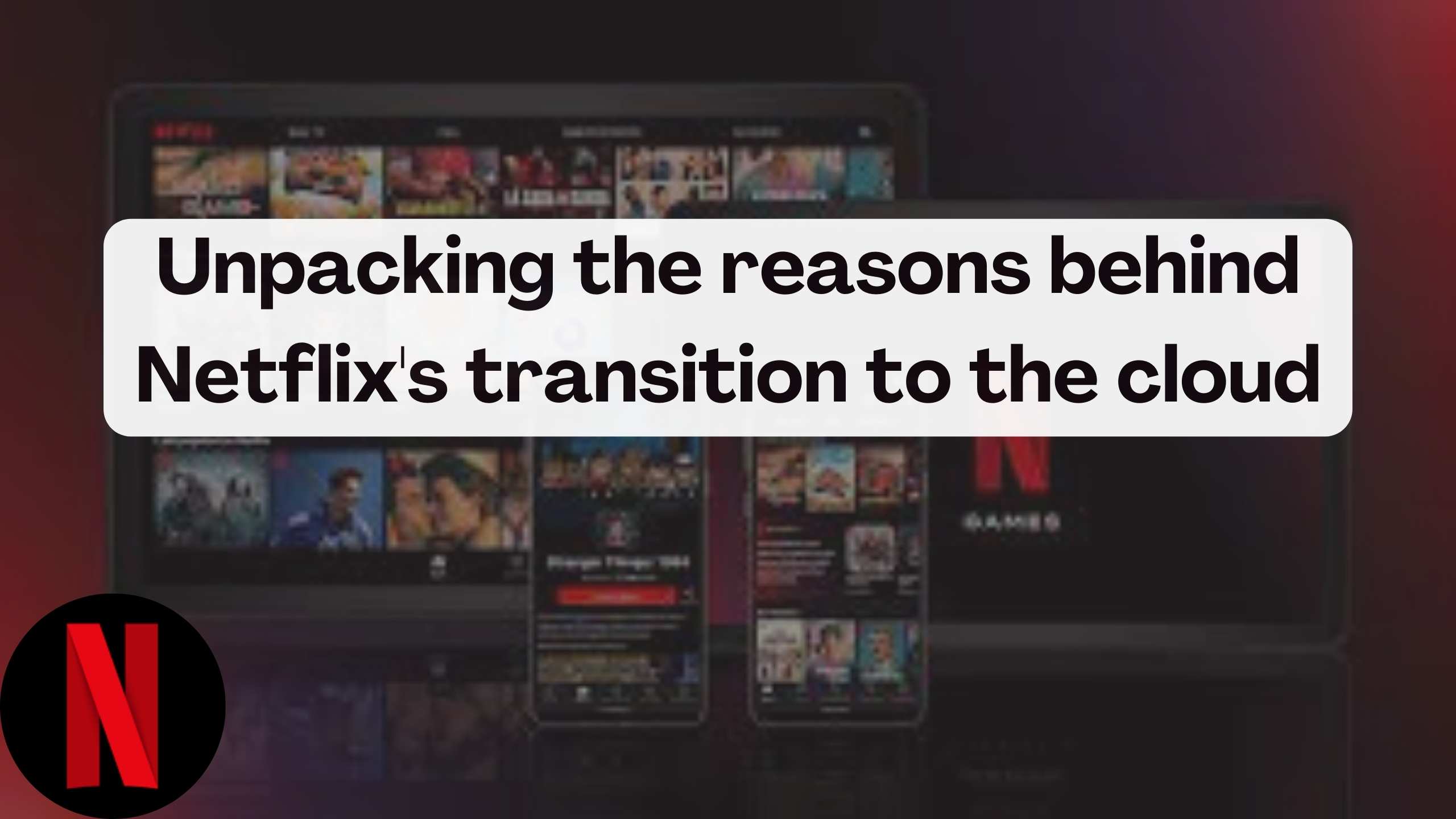Unpacking the reasons behind Netflix’s transition to the cloud
-


Unpacking the Reasons Behind Netflix’s Transition to the Cloud
In recent years, the tech landscape has witnessed a significant shift toward cloud computing, with many major players making the move. One such notable transition is Netflix’s migration to the cloud. In this exploration, we will delve into the motives driving Netflix’s decision and introduce relevant SaaS products that align with the streaming giant’s cloud-based strategy.
The Netflix Cloud Migration Story
1. Scalability and Flexibility
Netflix, being a streaming platform with a global audience, needed a scalable infrastructure to handle varying loads. Cloud computing provides the flexibility to scale resources up or down based on demand.
2. Cost Efficiency
Maintaining extensive physical servers can be costly. By transitioning to the cloud, Netflix optimized costs, paying only for the resources used, making it a cost-efficient strategy.
3. Global Content Delivery
Cloud services offer a distributed network of servers worldwide, enabling Netflix to deliver content efficiently to users globally with reduced latency.
4. Focus on Core Competencies
Outsourcing infrastructure management to cloud providers allows Netflix to concentrate on its core competency—content creation and delivery—without the distraction of managing hardware.
5. Continuous Innovation
Cloud platforms provide access to cutting-edge technologies. Netflix can leverage advancements in AI, analytics, and more to enhance user experience and stay ahead of the competition.
SaaS Products Enhancing Netflix’s Cloud Journey
1. Amazon Web Services (AWS)
- AWS is the cloud platform chosen by Netflix, offering a suite of services for computing power, storage, and more.
2. Dynatrace
- Dynatrace ensures optimal performance by providing insights into the entire application stack and user experience.
3. Chaos Monkey by Netflix
- Developed by Netflix, Chaos Monkey is a tool that intentionally disrupts services to test system resiliency in a cloud environment.
4. CloudHealth by VMware
- CloudHealth helps manage and optimize cloud costs, providing visibility into resource consumption.
5. Datadog
- Datadog offers monitoring and analytics, ensuring the smooth operation of applications in the cloud.
6. Netflix OSS (Open Source Software)
- Explore the Netflix OSS suite, an array of tools and frameworks contributing to Netflix’s cloud-native architecture.
Conclusion
Netflix’s transition to the cloud signifies a strategic move aimed at improving efficiency, reducing costs, and embracing innovation. The cloud not only supports the platform’s current needs but also positions it for future growth and technological advancements.
Discover exclusive deals on cloud and streaming-related tools at Subscribed.FYI Deals. Sign up now to access special offers and discounts on SaaS products relevant to cloud computing and content delivery.
Relevant Links
- Amazon Web Services (AWS)
- Dynatrace
- Chaos Monkey by Netflix
- CloudHealth by VMware
- Datadog
- Netflix OSS
- Subscribed.FYI





